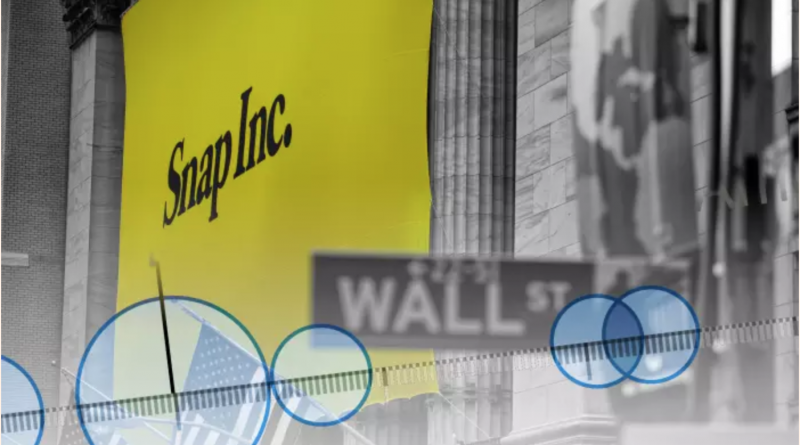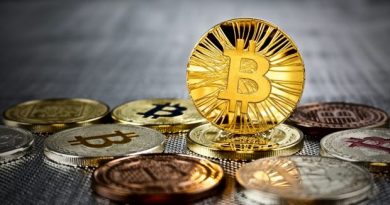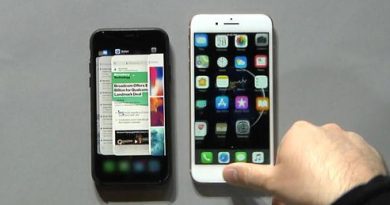FT: Global number of IPOs highest since financial crisis
By Nicole Bullock, Robert Smith and Emma Dunkley
Global exchanges attracted the largest number of listings since the financial crisis this year, with a resurgence of activity in the US and a record number of Chinese deals belying concerns that companies are cooling to the idea of public ownership.
Almost 1,700 companies floated in 2017, an increase of 44 per cent over 2016 and the most initial public offerings since 2007, according to Dealogic. Proceeds rose 44 per cent to $196bn, the largest amount since 2014, which had been boosted by Alibaba’s $25bn listing.
In the US companies raised $49bn — double the $24bn of listings in 2016, which was the worst year for IPOs in more than a decade. European listings rose more than 40 per cent and China marked a record number of deals, which helped to boost the global deal count. More than 400 companies floated in 2017 on the mainland markets, comprising the Shenzhen and Shanghai stock exchanges, according to EY.
In Asia themes included an insurance boom in India while China’s shift from manufacturing to a services-based economy was reflected in the listing market.
However, the performance of some of the year’s biggest deals tempered enthusiasm among some investors about the year ahead.
The average gain of 23 per cent for IPOs in 2017 in the US did not significantly outperform the 20 per cent rise in the S&P 500 index, according to Renaissance Capital, which runs IPO-focused funds.
Snap, the owner of the photosharing app Snapchat and the year’s largest listing, is trading about 10 per cent below its IPO price. Pirelli returned to the public market in a $2.8bn deal, but the shares in the Italian group priced near the bottom end of the range and fell further in the first few weeks of trading. Other European IPOs that launched towards the end of 2017 also generated lacklustre returns for investors in the days after pricing.
“After-market performance is something everyone has to be responsible for next year,” said Achintya Mangla, head of Emea equity capital markets at JPMorgan, who added that poor IPO performance was one of the few threats to issuance volumes in 2018.
Other bankers are more bullish on prospects next year. Gareth McCartney, head of Emea equity capital markets syndicate at UBS, said the number of potential IPOs that could come to market in 2018 was “almost unprecedented”.
Bankers also predicted that 2018 could bring more decacorns, or private tech companies with valuations of more than $10bn.
Hong Kong lost out to the New York Stock Exchange as the leading venue for IPOs based on proceeds, a title that the Asian exchange held in 2016 and 2015. NYSE jumped from third and Hong Kong slipped to fourth behind Shanghai and Nasdaq. The London Stock Exchange ranked sixth. London weathered a spate of pulled deals in an otherwise positive year for Europe.
Hong Kong has taken measures to lure more companies with plans to permit dual share classes, a structure of particular interest to tech entrepreneurs seeking to retain greater control.
Bruce Wu, co-head of greater China equity capital markets at Citi, said that “having these new chapters should help Hong Kong to become a more viable avenue for companies with these attributes”.
He added that there have been a lot of “new economy” companies, such as fintech and biotech, listing this year in Asia. “The attractive pricing and healthy after-market performance of several of these IPOs could be interpreted as the institutional investors in this region are now better disposed to valuing and embracing these stories with a valuation lens comparable to that of US institutional investors.”
“Blank cheque companies”, which list and then find companies to buy, also staged their first big comeback since the 2008 financial crisis.
Here are the most notable initial public offerings — and failures — of 2017:
US
SNAP
The owner of the Snapchat communications app raised $3.9bn, giving it an initial market value of almost $20bn as investors scrambled for the largest US-based tech listing since Facebook in 2012.
Concerns quickly emerged about the competitive threat from Facebook’s Instagram and some investors — and some indices providers — balked at a governance structure that gave no voting rights to the public shares being sold. Although the share price initially rose from $17 to as high as $29.44, Snap shares have since slumped to $15 as quarterly results missed Wall Street expectations. No stampede of unicorns has followed as some had hoped.
BLUE APRON
Meal kit company Blue Apron’s ill-fated share sale suffered from the long shadow cast by Amazon’s move into groceries by purchasing Whole Foods.
Six months after its scaled back June listing, Blue Apron trades under $5 a share, less than half the initial price, as hopes for its growth potential have faded. Along with Snap, Blue Apron’s struggles sapped US enthusiasm for new listings at a time when many of the most prominent tech companies have opted to remain private.
SILVER RUN ACQUISITION CORP II
At more than $1bn, Silver Run Acquisition Corp II was the year’s largest listing of a special purpose acquisition vehicle — a blank cheque company that raises money with a mandate to acquire. Some 34 of these deals priced in the US, raising proceeds of nearly $10bn, according to Dealogic, the best year since 2007 when 66 deals were priced as being worth $12bn. Silver Run has since bought and merged with two energy companies.
UK
EN+
Russian IPOs came in from the cold with November’s $1bn EN+ deal, the first primary listing on the London Stock Exchange since Russia’s invasion of Crimea in 2014. EN+’s billionaire founder Oleg Deripaska is a divisive figure and his longstanding ties to Donald Trump’s former campaign manager Paul Manafort came under intense scrutiny. To overcome the political noise, EN+ turned to large cornerstone investors such as miner Glencore, Qatar’s sovereign welfare fund and CEFC China Energy.
ARQIVA
Arqiva’s £1.5bn flotation was set to be the biggest listing in London this year. Instead the transmission towers company had to pull back after investors balked at its towering interest rate swap liabilities. Its November disappointment was followed by a spate of other failed UK IPOs. The catch-all excuse was “market conditions”, in spite of near unprecedented low volatility in equity markets this year. Investors said the wrong companies were trying to list at the wrong prices.
Europe
ALLIED IRISH BANKS
Allied Irish Banks completed the largest European IPO of 2017, in the clearest sign that investors were ready to welcome back formerly troubled financial institutions. AIB raised €3.4bn for the Irish government, seven years after the bank’s collapse helped push the country into an international bailout. The bank was not the only bailed-out lender to return to public equity markets: Austria’s Bawag PSK raised €1.9bn in the country’s biggest ever listing.
PIRELLI
The return of the “Prada of tyres” to Milan’s stock market was not only the second-largest European IPO in 2017, but also provided a crucial test of Chinese conglomerates’ ability to return acquisitions to public markets. While Pirelli listed near the bottom of its price range, the €2.4bn deal still made money for state-backed owner ChemChina. The Chinese chemicals company’s ability to navigate international finance is closely watched, given its $44bn purchase of Swiss seed and pesticide company Syngenta.
Asia
HDFC STANDARD LIFE INSURANCE
The US$1.336bn listing of this joint venture between lender HDFC and Standard Life Aberdeen reflects “the year of insurance” in India, according to Marshall Nicholson of Nomura, which worked on the deal. “This is on the back of demographic trends in Asia, especially larger areas, like India. India also has a strong consumption theme, which includes insurance.” After listing in mid-November at Rs290, shares jumped to Rs393 within a week and now trade at Rs377.
NETMARBLE GAMES
At US$2.336bn, the flotation of Netmarble, the world’s third largest game publisher, was South Korea’s second biggest IPO. The company counts China’s Tencent as an investor and is one of the region’s growing number of “new-economy” companies that trade in software, media or games. A major player in Asian pop culture, South Korea is leading the charge of content providers. Netmarble has acquired the Vancouver studio of US rival Kabam, and bought a majority stake in puzzle game developer SGN — now called Jam City.
ZHONGAN ONLINE PROPERTY & CASUALTY INSURANCE
ZhongAn was the first major fintech company to list in Hong Kong and the world’s first flotation of an “insurtech” company, which uses artificial intelligence and blockchain to more efficiently price insurance products and make them more accessible. The company’s investors include Alibaba-affiliated Ant Financial, Tencent, Chinese insurer Ping An and Japan’s SoftBank. One of its most unusual products was “binge drinking” insurance, which paid out if football fans watching the World Cup needed medical attention for heavy consumption of alcohol.



